Whether you are running a company, leading a team, or working individually, you need to be able to look back and assess your performance to be able to acknowledge your current skill level and identify areas of improvement.
Examining your capabilities is an essential step in expanding and improving your skillset. So how do companies track their performance and recognize the areas they need to work on to grow? The answer lies in using maturity models.
A maturity model is essentially a tool through which businesses can measure their current level of effectiveness and identify what steps to take to ensure continuous improvement.
Using a maturity level, especially a capability maturity level (CMM), will help companies refine their business operations and achieve a complete and efficient software system to enhance their development process.
An important type of maturity model is the integration maturity model. An integration maturity model is a tool used to help companies develop a more service-based business model.
The SaaS (software as a service) maturity model is a branch of the integration maturity model and it focuses on creating a platform for companies to build SaaS-oriented business operations on.
The type of maturity model you use will depend on the type of business you run, the size of your business, and what your core goals are. With that being said, a maturity model is a great way to monitor your performance and maximize your company’s efficiency and profitability by investing in self-improvement.
What is a maturity model?
A maturity model, as described above, is a metric against which companies can measure their performance and identify areas that they can improve upon to enhance their business capacities.
The way a maturity model works is that it starts with assessing a company’s performance and appointing a certain “level” to the company based on this assessment. Once you know the level your business is operating at, you can use the model to look at the level directly above yours and use it as a learning guide to prioritizing what areas you need to improve in further.
It is important to look at the level directly above yours as a learning guide. For example, if you are at level 2, you will structure your priorities based on level 3 and not level 4 or 5. This is because a maturity model aims to simplify the growth process of a business into a relatively linear formation. To get to a certain level, you need to meet the skillset in all the levels before it.
Thus, the true objective of a maturity model is not simply determining the level at which a business is operating, but identifying the areas of growth the company needs to work on to refine its management.
Although the linear and simplified approach of a maturity model may not be appreciated by all business owners, they are certainly useful in prioritizing learning, estimating business progress, and calculating required investment.
What is SaaS?
SaaS stands for software as a service. It serves as a platform that provides and licenses software to companies directly from the internet instead of them having to install it in their system.
Examples of SaaS include Google Workspace, Dropbox, SAP Concur, and Salesforce.
SaaS offers a complete solution to companies in terms of software. Through SaaS, companies can use any Cloud-based app off the internet, without needing to install it. Not only is this convenient and efficient, but it is also a cost-effective way to automate your business operations by incorporating software.
What is an integration maturity model?
Most companies consist of multiple departments, like finance, HR, marketing, etc., and each department may need specific software.
Investing in SaaS for each department is not a practical approach. Instead, businesses can opt to integrate their operations through the integration maturity model and then proceed to automate their systems by incorporating SaaS.
An integration maturity model is a tool that helps companies adopt automation of their systems by using SaaS.
The integration maturity model will work to link all company operations together and assess them as a whole so that business owners can recognize the areas that need the most improvement.
For example, after examining your company through the integration maturity model, you may find that your accounting team is overburdened by the lack of a fully automated system as they have to manually compile data in Excel sheets and paper checks. In this case, using SaaS for your accounting department will help make overall business operations more efficient.
So, an integration maturity model assesses the company holistically and identifies which departments will benefit from SaaS automation the most. The element of integration comes into play because data from all the company departments are gathered, compared, and assessed as a whole.
How integration is approached at different stages of a company’s growth:
- When the company is in the Ad-hoc stage
This is the early stage of a company’s growth. At this point, most processes are manual and integrations are limited. Overall company systems have generally not been fully automated.
- When the company is in the development stage
At this stage, the company’s operations begin to expand and integration is necessary for SaaS incorporation because the volume of data is too large for manual processing.
This is the stage at which companies will generally start using the integration maturity model.
- When the company is in the centralizing stage
The company’s operations are now expanded and need to be viewed holistically. All companies incorporating SaaS at this stage will use the integration maturity model.
- When the company is in the optimizing stage
At this stage, companies are already using the integration maturity model and are well-automated. They may further use the model to maintain competitiveness and make further refine their operations.
- When the company is in the empowering stage
This stage is the final level that companies aim to reach. At this point, business operations are refined and fully automated.
The final stage is reached by company’s that prioritize using the integration maturity model since their development stage.
What is the SaaS maturity model?
Automation of company operations by using SaaS is achieved by first assessing your business processes through the integration maturity model. After this assessment, SaaS can be incorporated by implementing the SaaS maturity model.
The SaaS maturity model is a platform that enables companies to build SaaS-oriented business operations and achieve system automation.

Levels of SaaS maturity model:
- Level 0 (Chaos)
Each customer has their version and instance of your software. Any specific demands that the customer has are met immediately by software updates.
At this level, the business is small and the customer number is limited so the software can be customized for each client. The use of an integration maturity model or a SaaS maturity model is not very prevalent in such small-scale businesses and SaaS does not automate entire company operations.
- Level 1 (Managed Chaos)
Each customer uses the same version of the company’s software and any individual customizations are limited at this point. However, each client still has their instance of the company’s software.
Similar to level 0, SaaS and integration maturity models still do not automate all business operations because of the small scale of business.
- Level 2 (Multi-Tenant, Highrise)
At this point, your company is expanding and the number of customers has significantly increased. Each customer is using the same version and “instance” of your software.
As the amount of customer data increases, companies start looking towards automation at this point, and the incorporation of SaaS begins. Level 2 is around the time that integration and SaaS maturity models are put into use.
- Level 3 (Multi-Tenant, Buildout)
At this stage, integration and SaaS maturity models are being used by the company and the models can be scaled up or down depending on the amount of customer data.
- Level 4 (Utopia)
This is the final stage of the SaaS maturity model and at this point, your systems are fully automated and running at maximum efficiency.
Level 4 is the desired stage that business owners generally want to achieve.
Conclusion
Whatever type of business you run, maturity models are guaranteed to assess your performance accurately and help you self-improve to maximize your productivity and profitability.
For large-scale businesses especially, automating operations by using SaaS is a great way to boost efficiency. A foolproof way to achieve automation is through integration and SaaS maturity models.
The use of these models depends on what stage your business is at, but the benefit is that at whatever level you are operating at, maturity models can provide you with structured guidelines to improve your system.









